Tax Deducted at Source (TDS) is a mechanism under the Income Tax Act where the employer deducts tax from an employee’s salary before disbursing it. This ensures that tax liability is met in a timely manner and prevents tax evasion. The employer is responsible for calculating TDS based on the applicable income tax slab rates after considering exemptions, deductions, and rebates available to the employee. The deducted amount is then deposited with the government, and the employee receives a Form 16 as proof of tax deduction.
With effect from 1st April 2025, significant changes have been introduced under Section 115BAC, which governs the new tax regime. These changes impact how TDS is deducted on salaries, with a revised set of slab rates.
TDS Deduction Based on New Tax Regime Slabs
Employers will deduct TDS on salary income based on the latest slab rates. Employees, however, will still have the option to choose between the old and new tax regimes. The old tax regime remains unchanged.
Additionally, employees can provide details of any other TDS or TCS deducted outside their salary, and employers will consider these amounts before computing the TDS deduction on salary.
New Tax Regime: Latest Slab Rates (FY 2025-26)
| Total Income (₹) | Tax Rate (%) |
|---|---|
| 0 – 4,00,000 | 0% |
| 4,00,001 – 8,00,000 | 5% |
| 8,00,001 – 12,00,000 | 10% |
| 12,00,001 – 16,00,000 | 15% |
| 16,00,001 – 20,00,000 | 20% |
| 20,00,001 – 24,00,000 | 25% |
| Above 24,00,000 | 30% |
Rebate & Relief:
- Maximum rebate available: ₹60,000 (Applicable for income up to ₹12 lakh)
- Marginal relief is also available
Deductions Allowed Under the New Tax Regime
- Employer’s Contribution to NPS (Section 80CCD(2)) – The deduction has been increased from 10% to 14% of the salary as per Budget 2024.
- Standard Deduction (available for both Salary and Pension) – ₹75,000 (applicable from FY 2023-24).
- Family Pension Scheme Deduction (Section 57(iia)) – Maximum of ₹25,000.
- Agniveer Corpus Fund Deduction (Section 80CCH(2)) – Amount deposited in the fund.
- Transport Allowance – Provided to specially-abled persons.
- Conveyance Allowance – Compensation for employment-related expenses.
- Tour, Transfer, or Travel Allowance – Allowance received for such expenses.
- Daily Allowance – Covers ordinary expenses for being away from duty location.
- Perquisites for Official Purposes – Exempt from tax.
- Exemptions for Retirement Benefits – Includes:
- Voluntary Retirement (Section 10(10C))
- Leave Encashment (Section 10(10AA))
- Gratuity (Section 10(10))
- Gifts Received – Up to ₹50,000.
- Interest on Home Loan (Section 24) – For let-out properties only.
Deductions Excluded from Business Income Under the New Regime
- Additional Depreciation (Section 32)
- Investment Allowance (Section 32AD)
- Sector-Specific Deductions (Sections 33AB, 33ABA)
- Scientific Research Expenses (Section 35)
- Capital Expenditure Deductions (Section 35AD)
- SEZ Unit Exemption (Section 10AA)
Deductions and Exemptions Not Allowed Under the New Regime
- Professional Tax
- Entertainment Allowance
- Leave Travel Allowance (LTA)
- House Rent Allowance (HRA)
- Helper Allowance
- Minor Child Income Allowance
- Allowance to MPs/MLAs
- Special Allowances (Section 10(14))
- Children’s Education Allowance
- Additional Depreciation (Section 32(1)(iia))
- Deductions under Sections 32AD, 33AB, 33ABA
- Scientific Research Donations (Sections 35(2AA), 35(1)(ii), 35(1)(iia), 35(1)(iii))
- Deductions under Sections 35AD, 35CCC
- Interest on Housing Loan for Self-Occupied Property
- Chapter VI-A Deductions (except Section 80CCD(2) and 80JJAA)
- Exemptions for Food Allowance (₹50 per meal for 2 meals/day)
- Donations to Trusts/Political Parties
- Employee’s Own Contribution to NPS
Section 115BAC for Business Taxpayers
- Business taxpayers can choose between the old and new tax regimes.
- Once opted for, the new tax regime will remain applicable for all future years.
- Unlike salaried individuals, business taxpayers cannot switch regimes annually.
- They can revert to the old regime only once in a lifetime.
- After switching back to the old regime, they cannot opt for the new regime again unless permitted under specific conditions.
House Property Loss Under the New Tax Regime
- No deduction for home loan interest on self-occupied property.
- No ₹2 lakh deduction that was available in the old regime.
- For let-out properties, deduction allowed only up to taxable rent received.
- Loss from house property cannot be set off against salary income.
- Loss cannot be carried forward to future years.
These changes significantly impact TDS deduction on salaries from 1st April 2025. Employers and employees must assess their tax planning strategies to make an informed choice between the old and new regimes.
Visit www.cagurujiclasses.com for practical courses
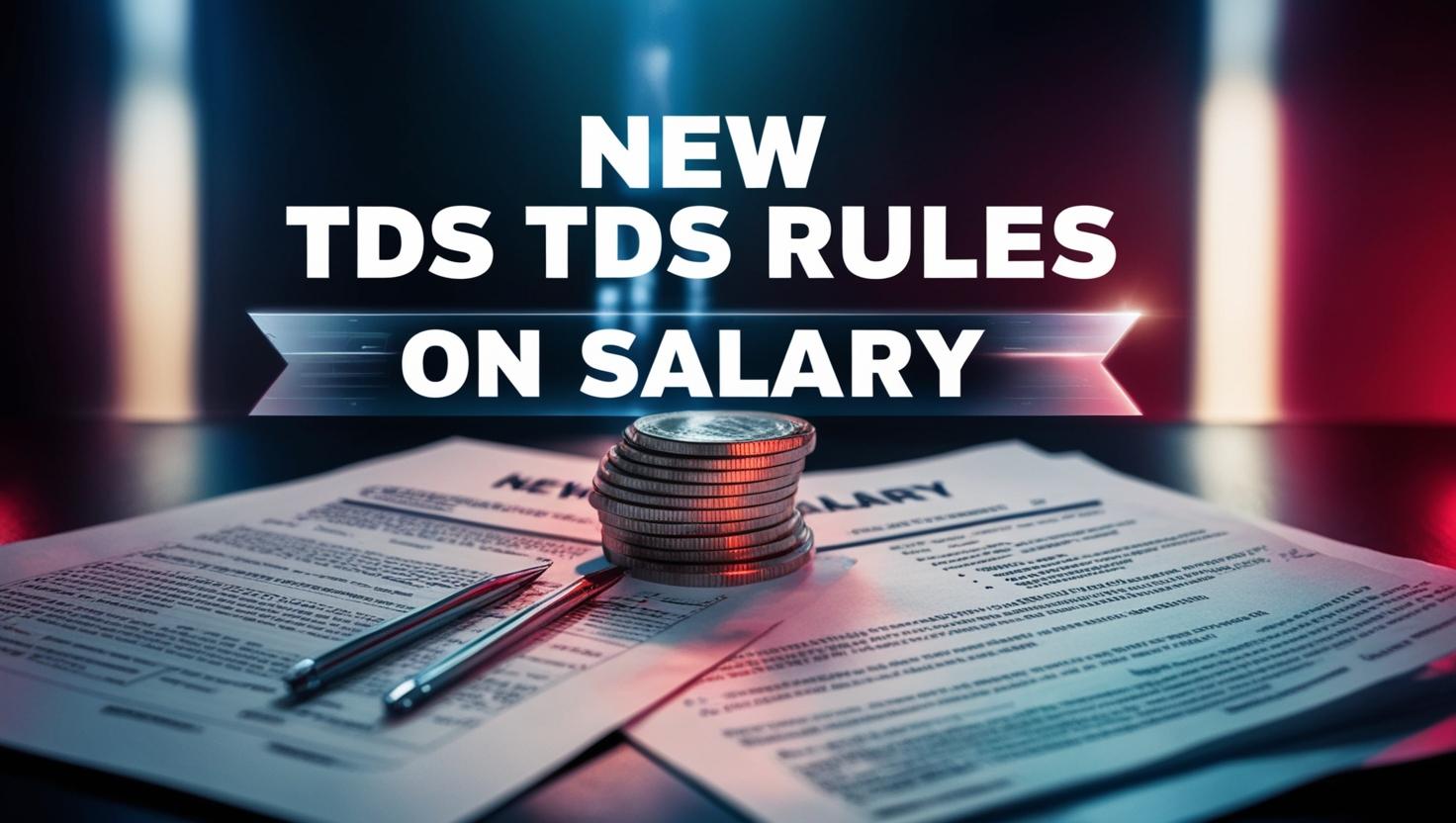

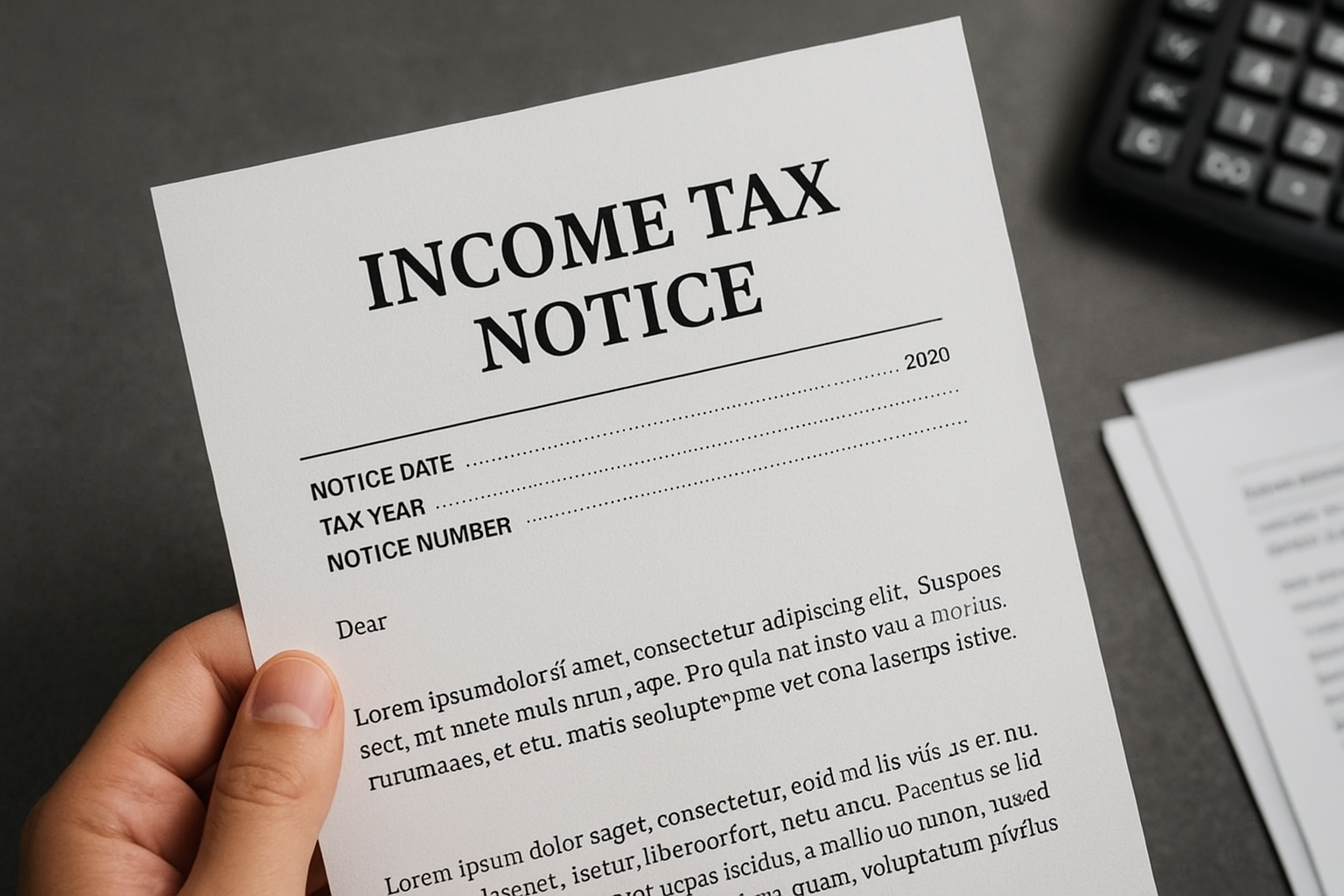


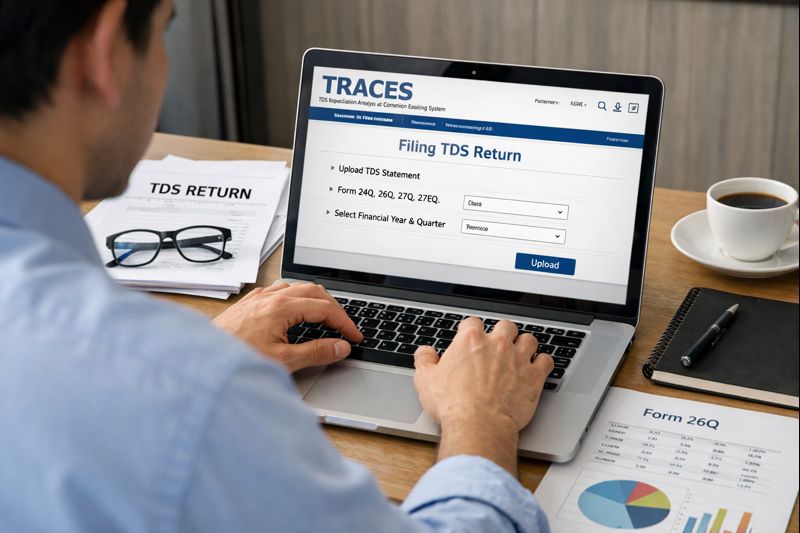
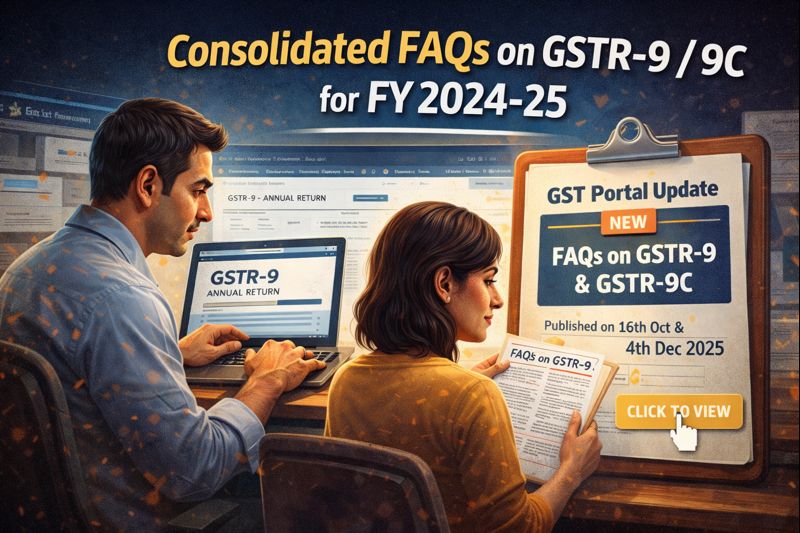
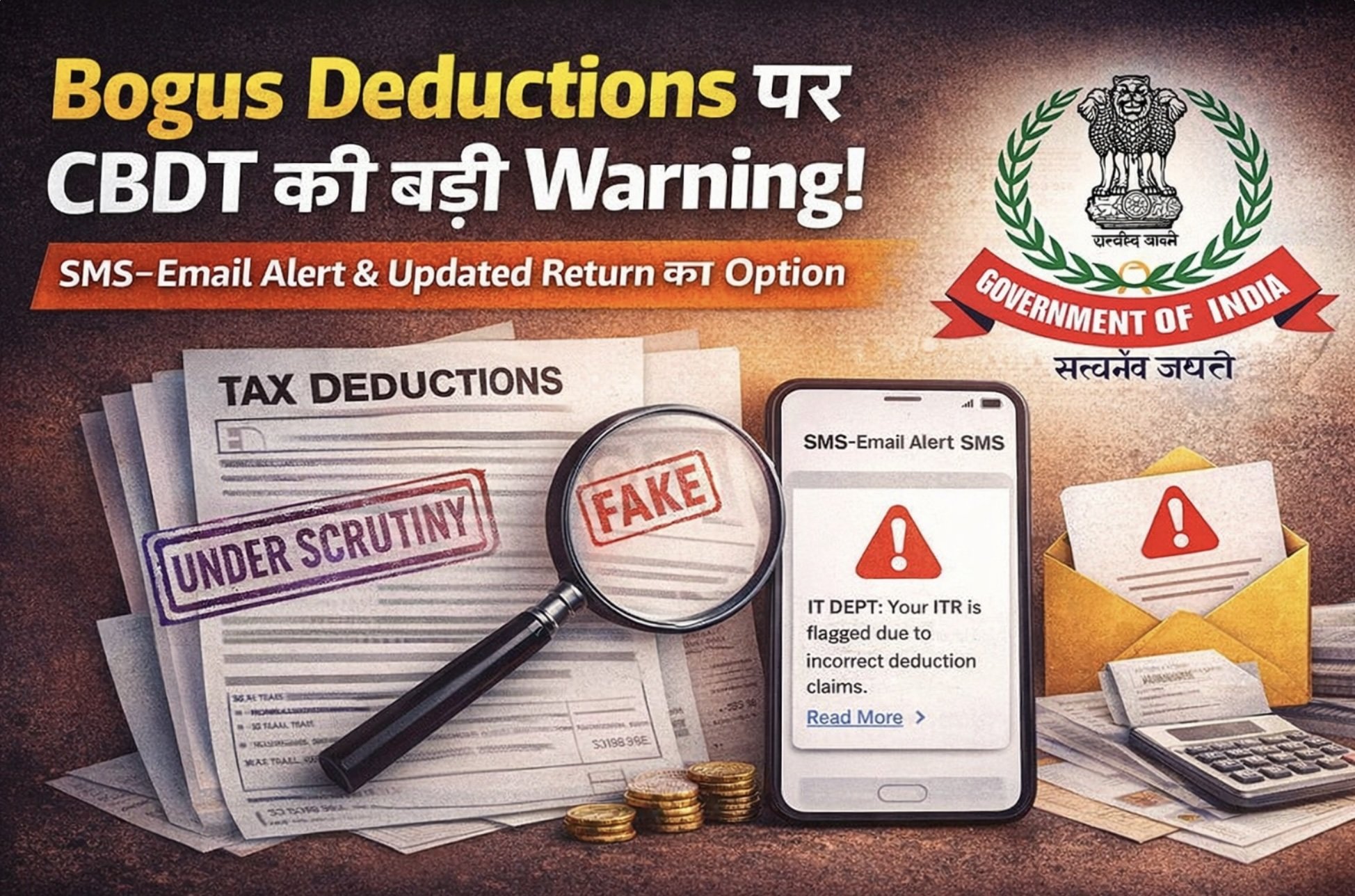
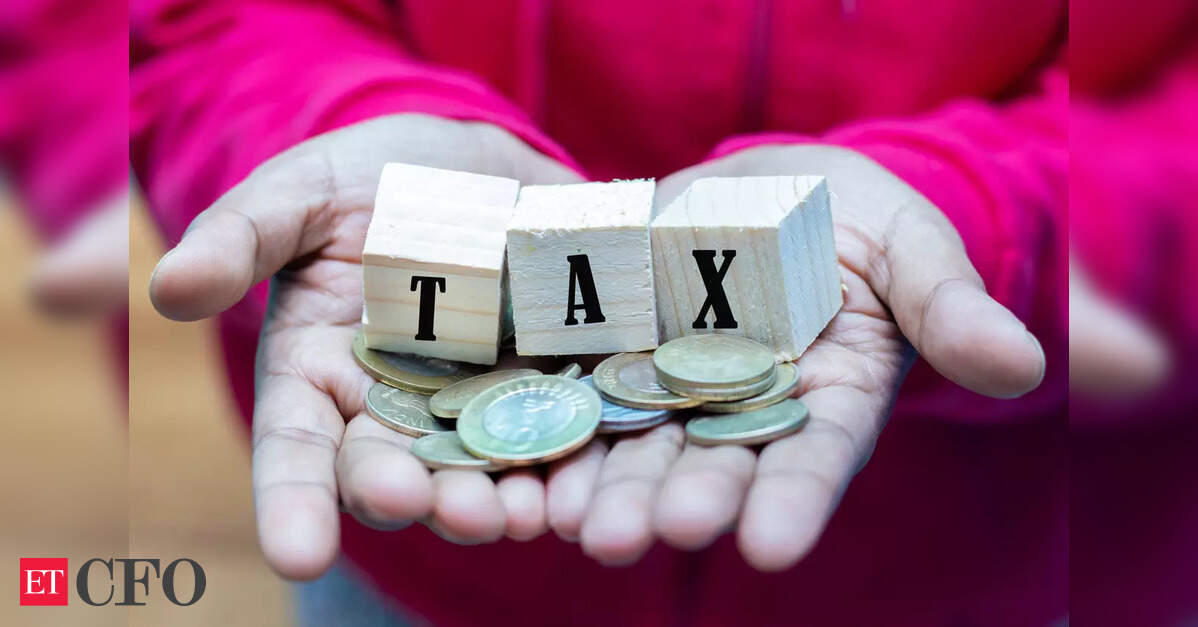

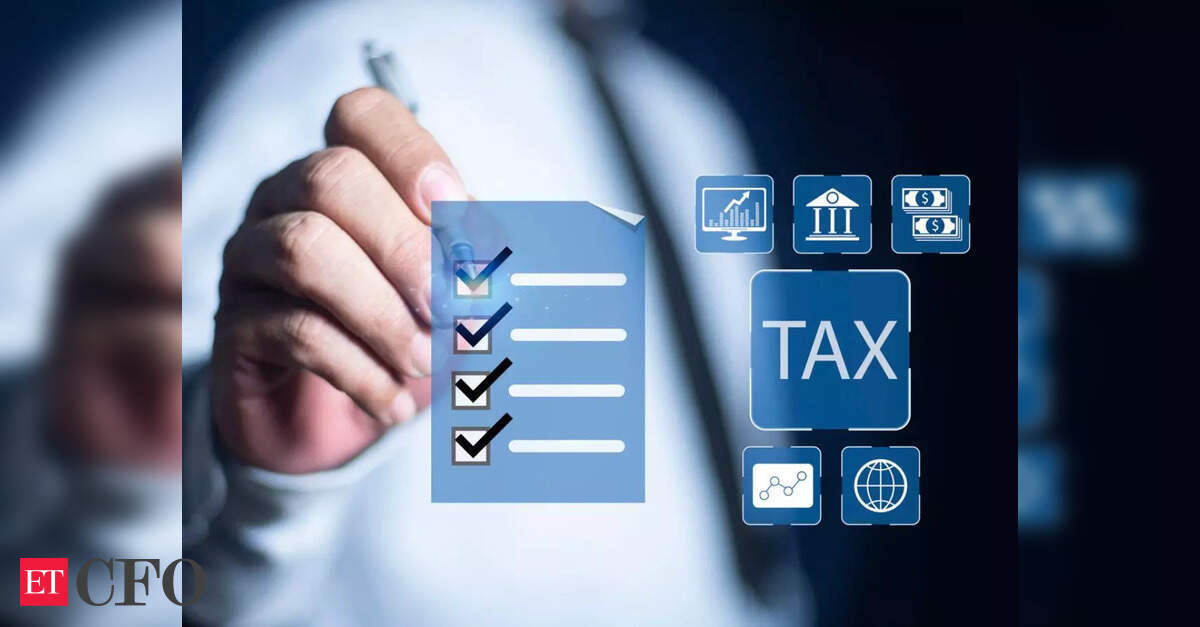
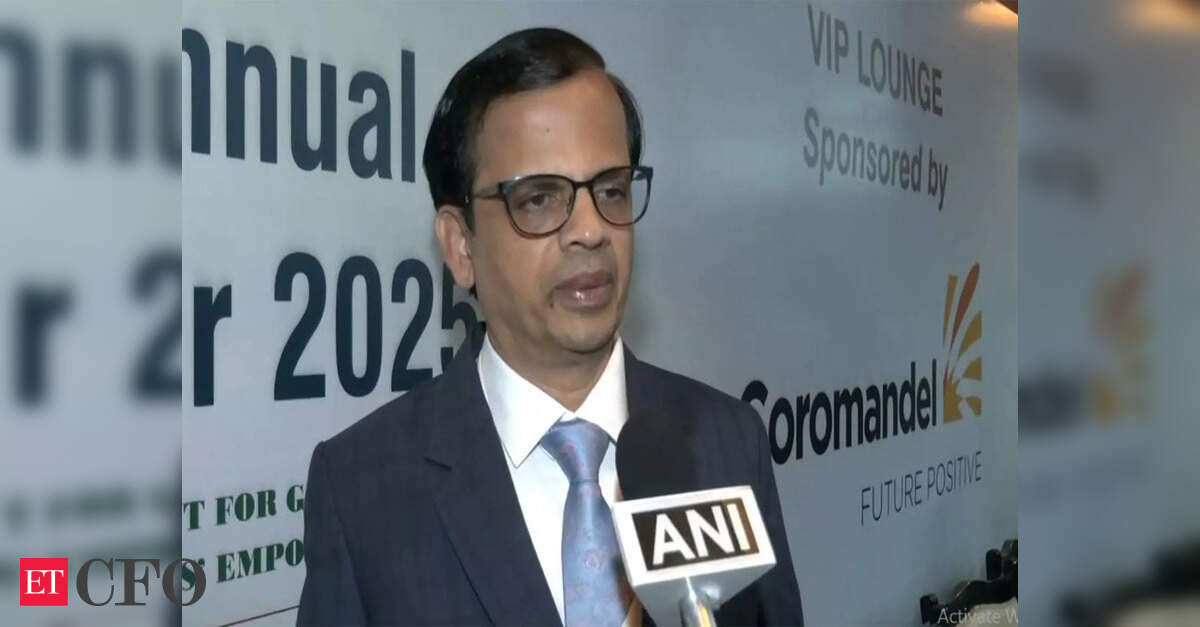
Nice article very informative
Very helpful and detailed article…nicely presented for ease of understanding to make a choice between OTR and the NTR for tax payout optimisation. Thanks.
If income is 18L per annum how it will calculate it’s for full 18L or 12-18 for 6L pls confirm
For let-out properties, deduction allowed only up to taxable rent received.
Pl clarify this
I am tanuj from new delhi I have completed accounting course now I am searching job or Good opportunity can give me or can you suggest me